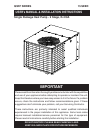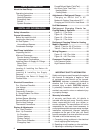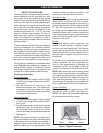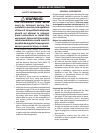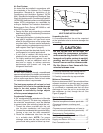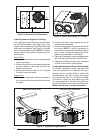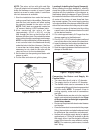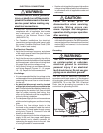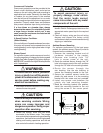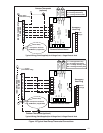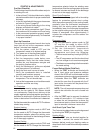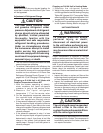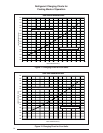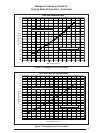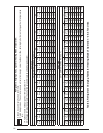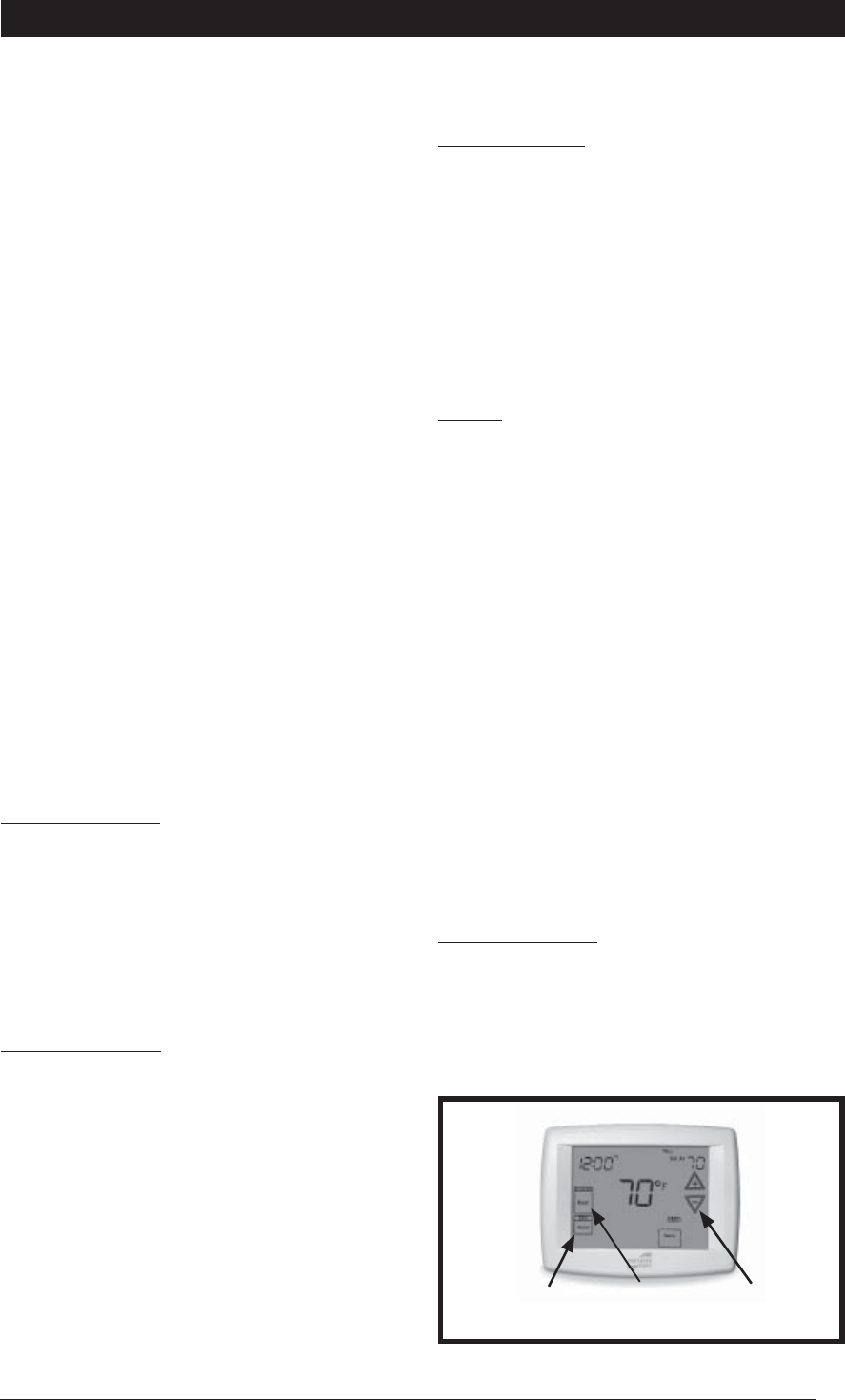
3
Figure 1. Digital Thermostat
Fan
Mode
Temperature
Selector
System
Mode
ABOUT THE HEAT PUMP
Your heat pump is a unique, all weather comfort-
control appliance that will heat and cool your
home year round and provide energy saving
comfort. It’s an unknown fact that heat is always
in the air, even when the outside temperature is
below freezing. The heat pump uses this basic
law of physics to provide energy saving heat
during the winter months. For example, If the
outdoor temperature is 47° F (8° C), your heat
pump can deliver approximately 3.5 units of
heat energy per each unit of electrical energy
used, as compared to a maximum of only 1
unit of heat energy produced with conventional
heating systems.
In colder temperatures, the heat pump performs
like an air conditioner run in reverse. Available
heat energy outside the home is absorbed by
the refrigerant and exhausted inside the home.
This effi cient process means you only pay for
“moving” the heat from the outdoors to the indoor
area. You do not pay to generate the heat, as is
the case with more traditional furnace designs.
During summer, the heat pump reverses the fl ow
of the heat-absorbing refrigerant to become an
energy-effi cient, central air conditioner. Excess
heat energy inside the home is absorbed by the
refrigerant and exhausted outside the home.
minutes following a previous operation or the
interruption of the main electrical power.
Emergency Heat
Some thermostats may include a system mode
called EM HT or AUX HT, etc. This is a back-
up heating mode that should only be used if a
problem is suspected. With the mode set to EM
HT, etc., the compressor and outdoor fan will
be locked off and supplemental heat (electric
resistance heating) will be used as a source of
heat. Sustained use of electric resistance heat in
place of the heat pump will result in an increase
in electric utility costs.
Defrost
During cold weather heating operation, the
outdoor unit will develop a coating of snow
and ice on the heat transfer coil. This is normal
and the unit will defrost itself. This unit features
Demand Defrost that monitors ambient and coil
temperatures to regulate the defrost function
accordingly.
At the beginning of the defrost cycle, both the
outdoor condenser fan and compressor will
turn off. After approximately 30 seconds, the
compressor will turn on and begin to heat the
outdoor coil causing the ice and snow to melt.
NOTE: While the ice and snow is melting, some
steam may rise from the outdoor unit as the warm
coil causes the melting frost to evaporate. When
defrost is completed, the outdoor fan motor will
start, and the compressor will turn off again. In
approximately 30 seconds the compressor will
start up again and continue normal operation.
System Shutdown
Change the thermostat’s system mode to OFF
and the fan mode to AUTO (See Figure 1).
NOTE: The system will not operate, regardless
of the temperature selector setting.
USER INFORMATION
Operating Instructions
Cooling Operation
1. Set the thermostat’s system mode to COOL
or AUTO and change the fan mode to AUTO.
See Figure 1
2. Set the temperature selector to the
desired temperature level. The outdoor fan,
compressor, and blower motor will all cycle
on and off to maintain the indoor temperature
at the desired cooling level.
Heating Operation
1. Set the thermostat’s system mode to HEAT
or AUTO and change the fan mode to AUTO.
See Figure 1.
2. Set the temperature selector to the desired
temperature level. The compressor, outdoor
fan, and blower motor will cycle on and off to
maintain the indoor temperature at the desired
heating level.
NOTE: If the temperature level is re-adjusted, or
the system mode is reset, the fan and compressor
in the outdoor unit may not start immediately. A
protective timer circuit holds the compressor
and the outdoor fan off for approximately three



